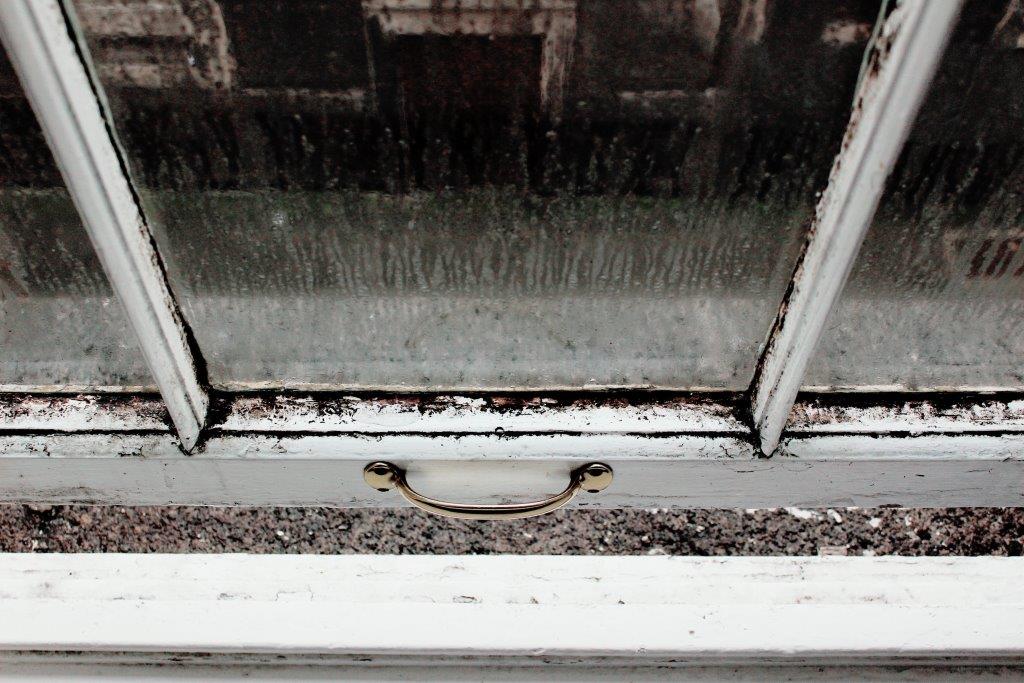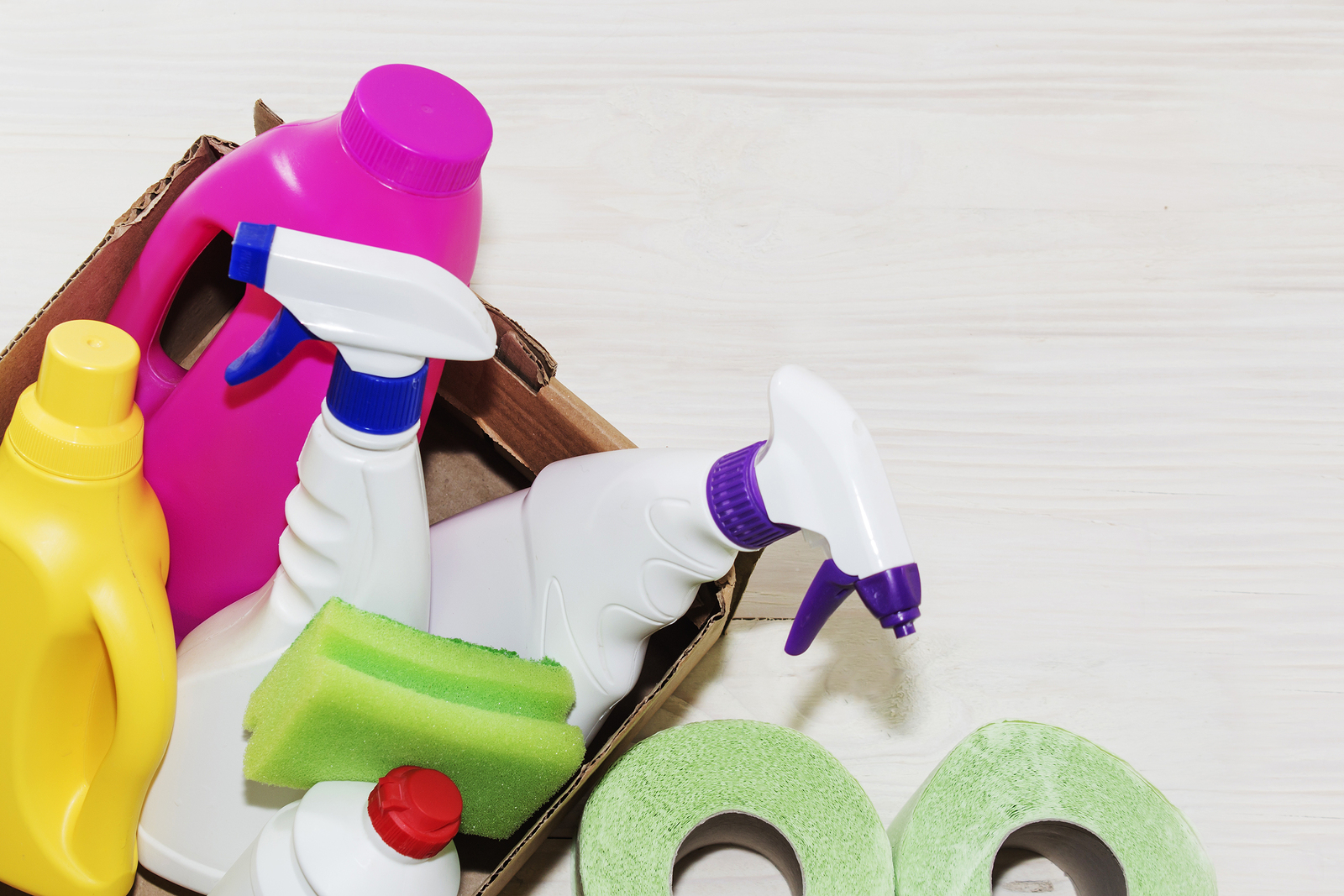Mould –if its lurking in your home, it’s unsightly (when it’s visible) and it can be extremely unhealthy – and, if it’s in our homes, it is present in every breath we take. Many of us only think of mould in the cold and damp of winter. But, the start of autumn and spring can create a host of problems in our homes and mould is one of them.
What is mould and how does it get into our homes?
Mould is a type of fungus, a microscopic fungi, that feed on and breaks down organic material. Its job is simply to decompose dead organic material, which is pretty much everything our houses are made out of. It can also infect animals and living plants. Mould needs water or moisture to survive and will continue to spread its spores and grow if it continues to have its moisture rich environment provided for. It comes in a range of colours, normally green, brown or black and is almost impossible to tell what type it is by colour alone, some can be more harmful than others.

Symptoms
Symptoms of mould exposure can be as mild as those of seasonal allergies to flu-like symptoms and even trouble breathing and other life-threatening signs. Asthma-like wheezing, especially in those not previously diagnosed as asthmatic, is a clear sign that mould may be present in the home.
Diagnosing a problem in the home
Most types are easy to spot, an unsightly black substance starting to creep its way up your walls or along your window sills. Some can be hidden underneath carpets, inside lounge suites, behind furniture and even behind wallpaper. One of the most telling signs that you have a mould problem is a musty smell that won’t go away.
How to deal with mould in the home
You can control its growth by ridding the home of excess moisture. This may be easier said than done, however. As mentioned earlier, it is sometimes challenging to find mould, and to remedy the problem you must find the source. Begin with the places that most commonly experience leaks, such as around the toilets, showers and sinks. Then, inspect the following:
- Cracks are notorious for allowing water to seep into the home. Check the walls, ceilings and the exterior for signs of water intrusion.
- Check in the roof space for signs of moisture.
- Inspect anything stored in boxes, such as clothing.
Once you’ve rid the home of moisture sources, it’s time to clean up the mould. This can be a DIY project, but health experts suggest that you call in a professional for a large infestation. If you decide on the DIY solution, wear protective clothing and gear, such as gloves, eye protection and a filtering dust mask. If you are buying your gear from a local store it might pay to check with them first, they can provide a wealth of information on the do’s and don’ts along with what’s the right equipment for your home. For a selection of what’s on offer at Mitre10 and Bunnings click the links. Before you tackle it yourself make sure you have done the following:
- Dry off all wet or damp surfaces.
- Remove items with mould from the home and discard them. This includes ceiling tiles, carpeting and gib board. Any stored items that may have mould such as shoes and clothing.
- Move anything away from the area you are about to clean to avoid staining or cleaning smells.
- If using a bleach solution, put something down on the carpet before wiping walls to prevent drips staining.
- If the surface is frequently in contact with moisture, use a bleach/water solution, or alternative. Keep checking the area for future mold growth and apply the solution again, if needed.

Preventing mould infestations in the home
There are some things you can put in place to help ensure that mould is not lurking in your home. Reducing the amount of humidity and moisture is key.
- Is your dryer properly ventilated and away from the main part of the house?
- Gas heaters put a lot of moisture in the air, consider then when choosing heat for your home.
- Wipe down the bath and floor after bathing to reduce water in the bathroom.
- A shower dome is a great way to minimize steam in the bathroom.
- A ceiling fan in the bathroom running while showering or bathing keeps the moisture levels down.
- Use the extractor fan while cooking to whip away any moisture from the stove top.
- Wipe down window sills if they are prone to condensation.
If you have taken all these steps and still have issues, you might like to consider investing in a dehumidifier. You wont need to run it all the time and may on find it needs to be used in the cooler damp months of the year. Moisture catchers in the wardrobes can make a big difference too, damprid or other brands have hanging or floor standing options.
For more information check out the link.
Lets all stay dry and warm this winter and most of all mould free.

Brent Palmer – Professional Real Estate Consultant
About the Author: The above article on Is mould lurking in your home? was written and provided by Brent Palmer, a local leader in the field of Richmond and Nelson Real Estate sales, marketing, advanced technology for home selling, and social media. You can contact Brent Palmer here, or at 027 544 9921.
He has helped many people buy and sell homes in the Nelson, Stoke and Richmond areas for years, and would love the opportunity to help you as well.
Thinking of selling your home? I have a real passion for helping people sell their homes in our Nelson and Tasman Region, as well as the marketing, social media & advanced technology for home selling that goes along with it. I’d love to have the opportunity to sit down with you discuss how we can work together to get you the best price.
I help people buy and sell real estate in the following Nelson and Tasman towns & neighbourhoods: Wakefield, Brightwater, Hope, Appleby, Redwood Valley, Mapua, Stoke, Tahunanui, Atawhai and of course, Richmond and Nelson City. Connect with Brent on Facebook and pretty much everywhere else.
Know someone who needs help with real estate? Be rewarded and REFER them here


